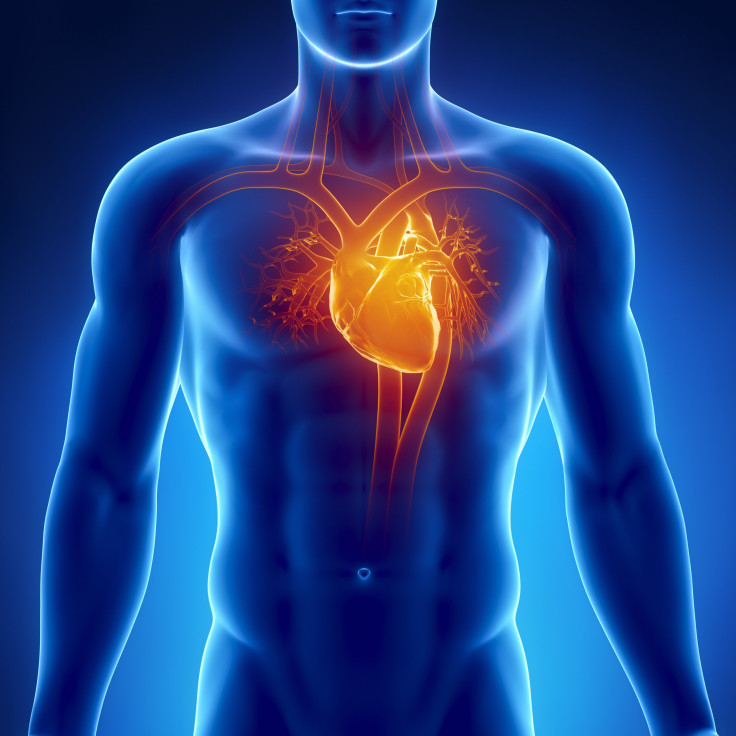Stem Cell and Organ-On-A-Chip Technology Used To Grow Heart Tissue Carrying Inherited Disorder

A group of Harvard scientists have proved that tissue containing a patient’s specific genetic disorder can be grown in a laboratory using a combination of stem cell and “organ-on-a-chip” technology. By doing this, researchers were able to restore function to diseased tissue. This finding marks a huge step forward in the development of personalized medicine.
In a recent study published in Nature Medicine, researchers were able to grow functioning heart tissue that also carried the inherited cardiovascular disease Barth syndrome. The researchers began by taking skin cells from two Barth syndrome patients and manipulating them to become stem cells, the Harvard Gazette reported. Then, the cells were grown on chips lined with human extracellular matrix proteins. This fooled the cells into believing they were forming a heart, and they reacted by joining together. The final product was diseased human heart tissue, which exhibited weak contractions, such as those one would find in a Barth syndrome patient.
The researchers were able to prove that a single gene, named Tafazzin, or TAZ, was the cause of the weak muscle contractions. By using a technique called genome editing, the scientists changed TAZ genes in healthy cells to produce the muscle weakening. Most remarkably, researchers discovered that delivering the TAZ gene product to diseased tissue in the laboratory corrected the muscle defect. This is the first tissue-based model of a correction to be done for a genetic heart disease, the Harvard Gazette reported.
Currently Barth syndrome is untreatable and caused by the mutation of a single gene. This breakthrough is promising in developments of treatment for human patients. “We showed that, at least in the laboratory, if you quench the excessive ROS production then you can restore contractile function. Now, whether that can be achieved in an animal model or a patient is a different story, but if that could be done, it would suggest a new therapeutic angle,” William Pu, a researcher on the study, explained to the Harvard Gazette.
It is difficult to understand the effect that a single cell’s genetic mutation has without observing its effect on an organ. Through building functional heart tissues, the researchers were able to model the disease from a single cell all the way up to heart tissue. According to Kevin Kit Parker, a researcher on the study, this is a big advance that was made possible thanks the new innovations in technology. “We tried to threat multiple needles at once, and it certainly paid off,” Parker told the Harvard Gazette.
The study showed researchers that the TAZ mutation makes the cells produce an excess of reactive oxygen species or ROS, a normal byproduct of cells, which is released by the mitochondria. This had not been previously recognized as an important part of the disease.
Source: Wang G, McCain ML, Yang L, et al. Modeling the mitochondrial cardiomyopathy of Barth syndrome with induced pluripotent stem cell and heart-on-chip technologies. Nature Medicine. 2014.
Published by Medicaldaily.com



























